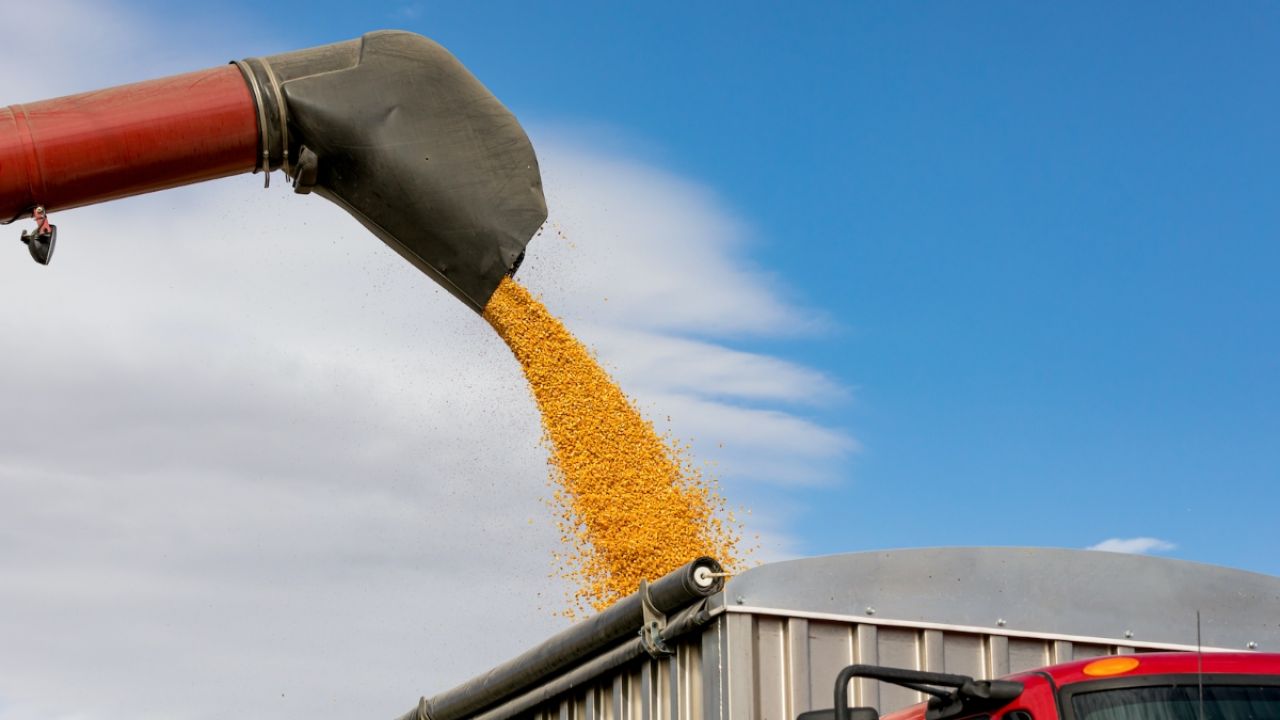
Bailout payments aimed at relief for farmers from the impacts of President Trump’s trade war and the COVID-19 pandemic likely pushed 2019 federal farm spending beyond subsidy caps set by an international trade agreement, potentially inviting retaliation from trading partners.
Since the agreement was reached in 1994, last year was the first time the U.S. has violated the spending limit. This year, federal farm spending could again exceed the $19.1 billion cap on “trade-distorting” subsidies. Increasing farm bailout payments, as some legislators have proposed, will only increase the risk of exceeding the cap. Instead, Congress should provide more financial assistance to farmworkers and food processors threatened by COVID-19 and address long-standing discrimination against black farmers, which would not count against the cap.
For the 2019 crop year, which extended from the fall of 2018 to the fall of 2019, U.S. taxpayers provided $34 billion to farmers – 78 percent more than the cap set by the 1994 agreement. Those payments included $14.5 billion from the Market Facilitation Program, or MFP, designed to offset the president’s trade war with China, and $6.5 billion in Coronavirus Food Assistance Program, or CFAP, payments to address the impacts of COVID-19 on the sale of crops harvested in 2019.
Federal Farm Payments for the 2019 Crop Year
|
$5 billion* |
|
|
$14.5 billion |
|
|
$5.9 billion |
|
|
$6.3 billion |
|
|
$2.3 billion |
|
|
Total |
$34 billion |
*Final amount unknown until October 2020
Source: EWG, from Department of Agriculture data
Not all farm payments count against the $19.1 billion cap the U.S. accepted in the 1994 World Trade Organization Agriculture Agreement. Only subsidies provided through five programs – Agricultural Risk Coverage, Price Loss Coverage, Crop insurance premium subsidies, MFP and CFAP – may potentially count. (Roughly $1.6 billion of the CFAP payments will not count.) Other programs that pay farmers to protect the environment, provide food assistance, and address agriculture’s long history of racism do not count
The WTO agreement also creates two other important exemptions that don’t count against the cap – up to 5 percent of total U.S. farm sales, and the same percentage of the value for each crop. If spending on either exceeds the 5 percent threshold, the full amount counts against the cap.
As crop prices fell and farm subsidy spending increased, the U.S. likely crossed the threshold in 2019 and could do so again this year. Spending for 2020 is escalating quickly, with the addition of $9.5 billion in CFAP funding, and potentially up to $8 billion in Paycheck Protection Program funding flowing to farmers, on top of the annual price assistance programs and crop insurance.
Subsidy spending in 2020 could be even greater if Congress increases subsidies to address COVID-19, as some legislators have proposed. According to agricultural market reports for 2019 and 2020, nearly a third of total farm income in the U.S. will likely come from direct government aid and subsidized crop insurance.
USDA has initially estimated the value of 2019 farm sales as $378 billion. If that’s correct, spending on “trade distorting” subsidies likely exceeded the 5 percent threshold. If CFAP payments are classified as “trade distorting,” subsidy spending likely exceeded the cap by $11 billion. For subsidies to remain under the $19.1 billion cap, actual farm sales in 2019 must top $400 billion, which is unlikely. In fact, estimates of actual farm sales in 2019 continue to fall.
The U.S. will not have to report these subsidies to our trading partners until at least 2022, and international legal challenges typically take years to be resolved. But trading partners could ultimately be allowed to place tariffs on everything from cars to prescription drugs to electronics – as Brazil did after winning a similar trade dispute over cotton subsidies.
Providing more financial assistance to food processors or farm workers threatened by COVID-19, as other legislators have proposed, would not increase the risk of a trade war. Nor would expanding past efforts to address discrimination that has robbed black farmers of millions of acres of land. Spending to reduce the threat of COVID-19 would also avoid disruptions of food supplies from the closing of meatpacking plants and food processing plants. And providing more financial assistance to transfer surplus food to food banks, like the $3 billion Families to Farmers Food Box program, would not count against the cap.


